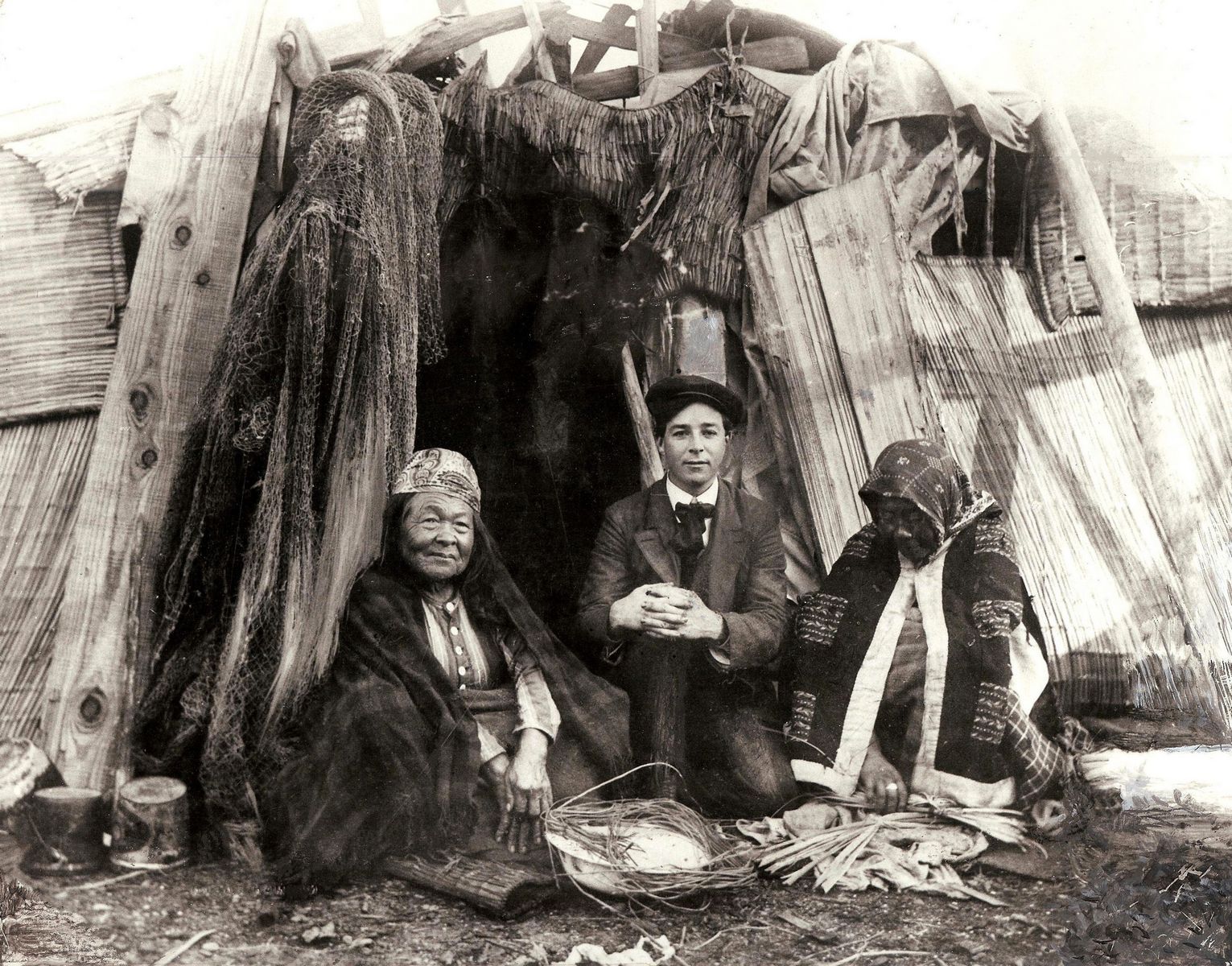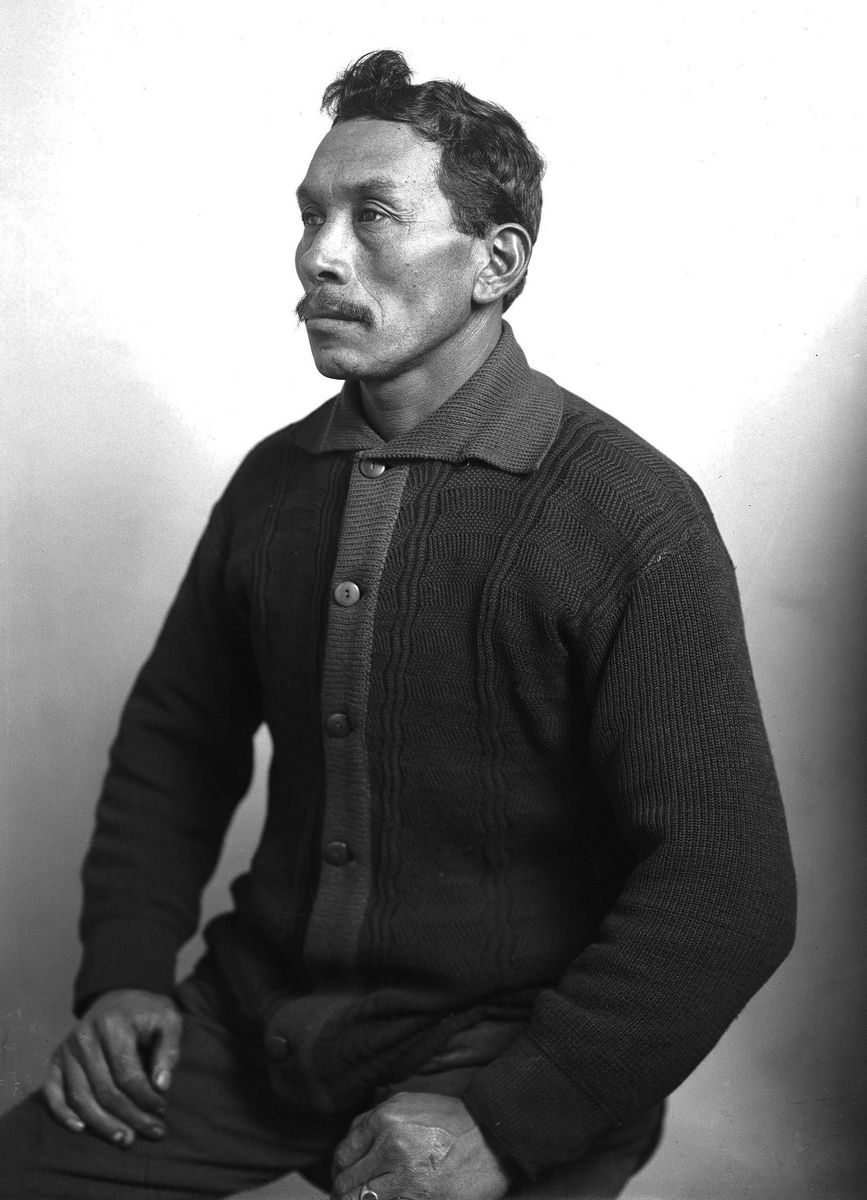Author: Kim Kalliber
Tulalip Tribes Stickgame Tournament
Board chair delivers State of the Tribes
Source: Marysville Globe
TULALIP — Tulalip Tribal Board Chair Mel Sheldon Jr. will give this year’s State of the Tulalip Tribes address during the Greater Marysville Tulalip Chamber of Commerce Business Before Hours monthly breakfast starting at 7 a.m. on Friday, April 26.
The presentation will take place in the Canoes Cabaret of the Tulalip Resort Casino, located at 10200 Quil Ceda Blvd.
The cost is $23 per person for those who preregister, or $28.00 at the door. Reservations made and not honored will be billed.
For other reservation information, contact the Chamber by phone at 360-659-7700 or via email at admin@marysvilletulalipchamber.com.
Tribe closes Lake Quinault to non-tribal fishing
Source: KOMO 4 News
TAHOLAH, Wash. (AP) – The Quinault Indian Nation is closing Lake Quinault on the Olympic Peninsula to non-tribal fishing until further notice.
President Fawn Sharp said Tuesday the emergency measure is aimed at protecting water quality in the tribe-owned lake.
She said tribal leaders are concerned leaky septic tanks owned by non-tribal residents in the area may have caused untreated sewage to get into the lake. The tribe has detected pollution in some areas of the lake and plans to conduct more water quality tests.
Sharp said the tribe plans to monitor any fish caught by tribal members. She said they are also worried about reports of illegal fishing by non-tribal members and docks being built illegally on the lake.
The lake is located on the southwestern edge of Olympic National Park.
22nd Annual Veterans Pow Wow
Eight Great Healthy Reasons to Put On a Smile
Delegation from Lummi Nation Visit Pacific Luther University
Pacific Luther University, Chris Knutzen Hall 7:00pm, April 22nd, 2013
Source: Pacific Lutheran University
As part of Earth Day celebrations at Pacific Luther University during the week of April 21st, a delegation of representatives of the Lummi Native American Nation is being invited by PLU student club G.R.E.A.N. (Grass Roots Environmental Action Now) to visit Pacific Luther University on Monday April 22nd, 2013 and speak to the university as well as the wider community about a fight they are in the midst of waging.
Directly to the North of the Lummi Indian reservation, which is located near Bellingham, Washington, lays a forested and rocky shoreline known as Cherry Point, or Xwe’ chi’ eXen to the Lummi. It is at this site near the Straits of Georgia in the Salish Sea that SSA Marine, an international shipping company, has proposed building what would be the nation’s largest coal export terminal. The forest would be convereted to mountains of coal and the waters off of Cherry Point would be converted to mooring space for up to three of the largest sized ships in the world.
The problem lies in the fact that the Lummi consider Cherry Point and the ajoining waters a sacred site. The Lummi point to burials grounds, ancient villages and fishing sites at Cherry Point as reasons for opposing the export terminal; the terminal would undermine the Lummi’s right to economic prosperity, cultural dignity and spiritual well-being. With SSA Marine spending tens-of-thousands of dollars a day on PR, the Lummi have been overwhelmed, unable to get their message to as many people as the corporations. Thus, this event seeks to give a forum to the Lummi, one where they can share their story, in their own words.
Please join us for an evening of listening, conversation, and solidarity.
Suquamish Tribe donates fry for release in Carkeek Park
Source: Northwest Indian Fisheries Commission
In its 10th year of a successful partnership, the Suquamish Tribe has donated 50,000 chum salmon fry to the Carkeek Watershed Community Action Project, supporting the effort to teach the public about salmon and why it’s important to keep streams clean.
“A few years ago, we released 70,000 fry and 164 came back last year, which is a good return for us,” said Bill Hagen, the volunteer coordinator for the community group.
Suquamish natural resources technician Ben Purser takes a dip net of chum salmon fry from the tribe’s Grovers Creek hatchery near Indianola. The fry were transferred to Carkeek Park’s Piper Creek in Seattle. More photos of the transfer can be found on NWIFC’s Flickr page.
“We appreciate volunteers all over Puget Sound who are excited about the salmon life cycle and teaching others about it,” said Jay Zischke, the tribe’s marine fish program manager. “These types of programs are key to helping stress the importance of clean water, for both fish and people.”
The fish were donated in March and kept in a large swimming pool at the end of a trail on Piper’s Creek until released in April. Volunteers, from retirees to entire families, feed the fish three times a day until they are released.
The creek and trail are popular with school groups learning environmental science and the salmon-watching public, especially in the fall.
About 700 people came up this trail last year, Hagen said, so it gets a lot of traffic and is a good place for both kids and adults to learn about salmon.
“This is enjoyable for everyone who comes up here and if it weren’t for the tribe, we wouldn’t have it,” Hagen said.
Senators Confirm Sally Jewell to Lead Interior; Predict She Will be Good for Indian Country
By Rob Capriccioso, Indian Country Today Media Network
Senators are speaking out after confirming Sally Jewell April 10 by a vote of 87 – 11 to become the next secretary of the United States Department of the Interior, saying she will be strong on American Indian issues as she encounters them in her new position—a position that includes oversight of the Bureau of Indian Affairs.
Jewell, 57, was most recently the CEO of an outdoor gear and clothing company called Recreational Equipment Inc., and she is a former commercial banker and oil company engineer, as well as a longtime advocate for conservation and outdoor recreation.
In her previous positions, Jewell hasn’t done a lot of specific work on Indian-related issues, which she admitted during her confirmation hearing, yet some Indian leaders say she has done enough to know that she will be a positive advocate. For instance, she was part of the Board of Regents at the University of Washington, which approved the construction of the university’s new $5.8 million longhouse.
Billy Frank, a Native American environmental advocate, has issued his strong support, as have Fawn Sharp, Chris Stearns, and other Indian leaders.
Several senators also say they believe Jewell will be good for Indian country.
Sen. Maria Cantwell (D-Wash.), chair of the Senate Committee on Indian Affairs, has met with Jewell multiple times and has discussed a number of issues important to Indian country, according to the senator’s staff. On March 7, at Jewell’s confirmation hearing, Cantwell asked Jewell for her “comments on the Bureau of Indian Affairs, which will be part of your responsibilities. And whether you would commit to protecting treaty rights and incorporating tribal input into the Interior resource decisions?”
“I’m fully committed to upholding the sacred trust responsibilities that we have to Indian tribes and Indian nations,” Jewell replied. “And building and strengthening the nation-to-nation relationship that we have with tribes. I know this is a very important part of the Department of the Interior. … I’m certainly very interested in becoming more steeped in those issues and it has come up across the board in almost every one of my meetings with senators so far. So I very much look forward to taking this part of the role extremely serious.”
Cantwell further asked Jewell whether she supports energy development on Indian lands.
“Some tribes are blessed with natural resources and I think leaning into those resources to help the tribes economically as well as help the country by finding sources of energy development are really important,” Jewell said. “I know that businesses and tribes want certainty, in terms of the regulations. And I know that there have been issues with the Bureau of Land Management on how the leases occur. And I certainly will look into furthering that development.”
The comments from Jewell were not enough to convince Sen. John Barrasso (D-Wyo.), the vice-chair of SCIA, to vote for her confirmation. He was tough on her ties to conservation groups during her confirmation hearing, and he ended up being one of the 11 Republicans to vote against her confirmation.
Sen. Jon Tester’s (D-Mont.) office said he is interested in bringing Jewell to Montana to see firsthand the issues involving his state’s tribes. Based on conversations prior to her confirmation, Tester believes she will be a strong advocate for Indians, his spokeswoman said.
Sen. Martin Heinrich (D-N.M), a member of the Senate Committee on Energy and Natural Resources, predicted in a press release that Jewell will be an “outstanding” secretary.
“As fellow engineer, I am confident that Ms. Jewell will use science as her guide in addressing the challenges that lie ahead, including managing our nation’s land and water, and expanding safe and responsible energy production,” Heinrich said. “Ms. Jewell shares my commitment to Indian country and to protecting our natural heritage for our children and for generations to come. And she knows firsthand that conservation and growing the Western economy are inextricably linked.”
On the House side, Don Young (R-Alaska), the leader of the Subcommittee on Indian and Alaska Native Affairs, has not yet met with Jewell, but he has plenty of thoughts on how she can work to strengthen Indian country.
“One of the most important things she can do as Secretary is reorder the pecking order of the bureaus within the Department to give Indian Affairs equal standing with the others,” Michael Anderson, a spokesman for Young, said. “Additionally, one of the Department’s most solemn obligations is to ensure federal laws and policies dealing with tribes are beneficial to American Indians and Alaska Natives, and Congressman Young looks forward to promoting that message and building a strong relationship with Secretary Jewell in the days and months ahead.”
Rep. Colleen Hanabusa (D-Hawaii), the ranking member of the Indian-focused subcommittee is also interested in meeting with Jewell as soon as possible, according to the congresswoman’s staff.
President Barack Obama, upon receiving word that the Senate had confirmed Jewell, also mentioned her impending relationship with Indian country in a statement.
“Sally’s commitment to energy and climate issues, her belief in our strong government-to-government relationship with Indian country, and her understanding of the inherent link between conservation and good jobs ensure that she will be an exceptional Secretary of the Interior.”
Jewell was sworn in April 12 in a closed-door ceremony, immediately replacing outgoing Secretary Ken Salazar. She is the 51st Secretary of the Interior.
Read more at http://indiancountrytodaymedianetwork.com/2013/04/15/senators-confirm-sally-jewell-lead-interior-predict-she-will-be-good-indian-country
Photographers caught Tulalip culture of early-20th century
A century ago, photographers recorded the tribal culture
By Gale Fiege, The Herald

Everett photographer Norman Edson made this picture of himself with two Tulalip elders in 1905.
TULALIP — There he is.
In 1905, Everett photographer Norman Edson, then 26, jumped into the middle of his shot, knelt on one knee and squeezed his shutter release.
With his newsboy cap, dapper suit and bowtie, Edson’s attire contrasts with the heavy shawls of the Tulalip women at his side. They are weavers, sitting cross-legged on mats on the ground. One smiles, the other concentrates on her work.
Edson was one of several pre-World War I photographers who captured life on the reservation, creating a valuable record of the Tulalip people more than 100 years ago.
Everett Public Library’s resident historian David Dilgard plans to talk about the photographers at a presentation set for 6 p.m. Thursday at the Hibulb Cultural Center.
The lecture examines the work of Edson (1879-1968), Marysville-based photographer Ferdinand “Ferd” Brady (1880-1967) and J.A. Juleen (1874-1935) of Everett. In addition, it was at Tulalip that the well-known Seattle photographer Edward S. Curtis (1868-1952) began his nationwide quest to photograph all the North American Indian tribes.
“Each of these men left important bodies of photographic work, remarkable images of the Tulalip tribal community a century ago,” Dilgrad said.
Of the three photographers featured in Dilgard’s presentation, Juleen’s work survives most prominently in prints at Hibulb and in the collection of his glass negatives at the Everett library.
Juleen was known for his four-foot panoramas of Northwest landscapes.

J.A. Juleen’s portrait of Tulalip artist and activist William Shelton was taken in 1913.
At Tulalip, Juleen took photos of important events: the celebration at a newly completed longhouse and the dedication of a story pole by artist William Shelton, as well as portraits of Shelton and many others.
“Unlike Curtis, however, Juleen didn’t put people in tepees or pose them with other trappings,” Dilgard said. “He took pictures of people as they were and left us photographs of high quality.”
Edson was a student of Bert Brush, who had a photography studio on Wetmore Avenue. Dilgard calls Edson a renaissance man. He played the violin, studied birds and hand-tinted his black-and-white photos.
Brady was known in Snohomish and Skagit counties for his commercial work and his photo records of industry and development.
“There are wonderful images by Brady of the paper mill at Lowell, full of women employees who wore white blouses and their hair tied up in big bows,” Dilgard said. “Brady is one of the forgotten masters of the craft. He used available light at Tulalip, instinctively shooting photos that would become historically and culturally important.”
Mary Jane Topash, tour specialist at Hibulb Cultural Center, said that most of the photos in the museum from the early part of the 20th century are by the photographers Dilgard plans to talk about.
“It’s great to have the photos of special events such as Treaty Days, canoes landing at Tulalip Bay, important funerals,” Topash said. “They provide a time capsule and offer a wealth of information the tribes would not have without these photos.”
Dilgard said he is pleased to present information about the photographers.
“Hibulb is all about the families, language and culture of the Tulalip people,” he said. “To be invited in as an outsider, as these photographers were, is flattering, as I’m sure it was to Juleen, Brady and Edson.”
Gale Fiege: 425-339-3427; gfiege@heraldnet.com.
Tulalip’s early photographers
A presentation about the photographers who captured life on the Tulalip reservation in the early 1900s is scheduled for 6 p.m. Thursday at the Hibulb Cultural Center, 6410 23rd Ave. NE, Tulalip.
The program is free with museum admission, which is $10 for adults, $7 for seniors, $6 for students, $6 for military personnel and veterans and free to members of the Tulalip Tribes.












